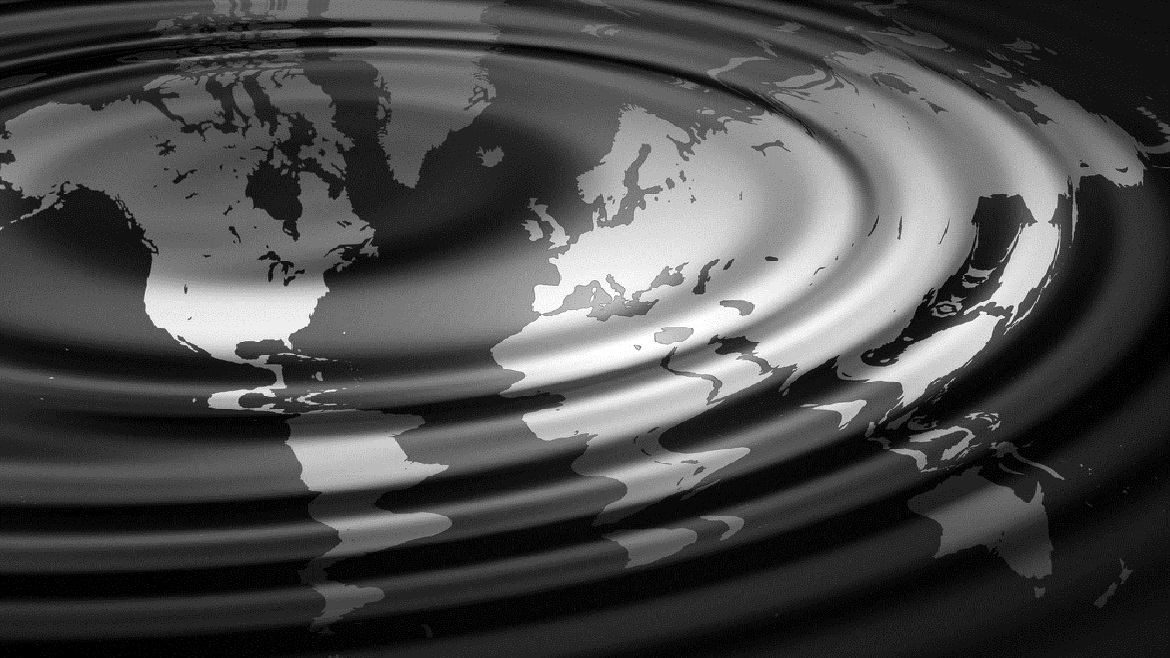In a world increasingly dry or flooded – depending on the circumstances --, city leaders and infrastructure experts are quick to advocate mega-projects to tap, convey or treat our most precious of natural resources: water.
California spends 5% of its electricity just conveying and treating water, and is in the midst of building a US$1bn desalination plant. China’s South-North Water Diversion Project plans to reroute enough water each year to submerge the United Kingdom 18 cm deep, over a distance between London and Barcelona.
Yet these Herculean efforts – both in terms of cost and engineering – fail to acknowledge a basic efficiency principle: use water where it falls. “Local water”, which exists even in arid regions, provides more benefit than adding new mega-projects, in three major ways:
Financially: Desalinating water can cost twice as much as recycling and four times as much as conservation. Furthermore, desalination plants become stranded assets once the rains return.
In contrast, local sources of water – the under-tapped streams of stormwater, wastewater, leaks, and conservation – can shrink the supply and demand gap at a fraction of the cost of desalination. In fact, a study last year found that simple conservation, reuse, and stormwater capture could save as much water every year as all of California’s cities require annually.
The city of Philadelphia is using code to convert stormwater into a resource, requiring developers to install green infrastructure like rain gardens and cisterns to capture rainfall that once drained away. Melbourne uses leak detection and metering technologies to reduce their water losses, which in some cities reach 40%. Parts of Virginia and California opted to recycle wastewater for use in irrigation and cooling, rather than create more water demand. These local alternatives enable cities to find more water without placing all their chips on one big bet that may become a very expensive matter.
Environmentally: Capturing rainfall, reusing wastewater and plugging leaks reintroduces lost water back into the system, offsetting the need to draw water from fragile ecosystems or convey it from other regions. And recycling it requires less than half the energy of desalinating saltwater.
Capturing and reusing water also keeps runoff and sewage overflows from contaminating nearby rivers and oceans, one of the leading causes of surface water pollution, while also acting as air and heat “filters”. Even in a place as arid as Arizona, a government study recently found that “green infrastructure” to capture and retain stormwater would generate a significant return on investment by reducing heat stress mortality and air pollution.
Socially: The “buy local” food movement (food production and distribution that is geographically localised, rather than national or international) educates shoppers as to where their food comes from, leading them to value it more. Governments and water utilities have done a good job of making water infrastructure invisible (i.e. below ground or behind walls), so much so that consumers don’t use water wisely, nor do they see the need to pay for infrastructure upgrades.
This wasteful type of behaviour is starkly different from communities that rely upon wells or stormwater, where water is considered precious. Local and visible solutions around rainwater capture, water recycling and conservation will help consumers appreciate the value of water more, and create a virtuous circle in their willingness to pay to protect it.
Cities aiming to solve their water scarcity problems should begin their search within their own municipal boundaries. With today’s technologies, water that was once lost to leaks, discharges, and wasteful use can now be found. And unlike the freshwater sources from afar, this rediscovered “local” water carries lasting financial, environmental, and social benefit.
The views and opinions expressed in this article are those of the authors and do not necessarily reflect the views of The Economist Intelligence Unit Limited (EIU) or any other member of The Economist Group. The Economist Group (including the EIU) cannot accept any responsibility or liability for reliance by any person on this article or any of the information, opinions or conclusions set out in the article.




